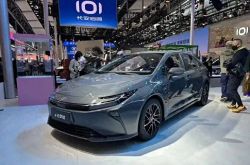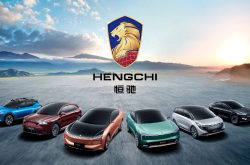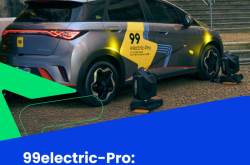Brief Review of Major New Cars at the 2025 Guangzhou Auto Show – Joint Venture Brands
![]() 11/25 2025
11/25 2025
![]() 448
448
The 2025 Guangzhou Auto Show officially opened on November 21, featuring another collection of major new cars. Not only have various domestic automakers collectively showcased their technological prowess, but many joint venture brands have also unveiled their top offerings to cope with the ongoing pressure in the new energy vehicle market.
● FAW Toyota Corolla
▲ One-Sentence Review: Under too much pressure, they modified the Asia Lion and sold it as the Corolla?
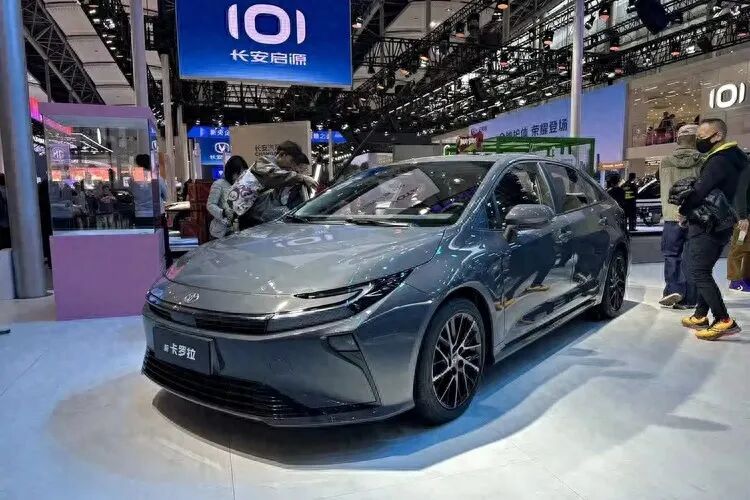
In today's new energy era, even the globally renowned Corolla cannot withstand the pressure from domestic hybrid-electric vehicles. Now, FAW Toyota has introduced the all-new Corolla at the Guangzhou Auto Show. Its design resembles the Camry, and it fully aligns with domestic counterparts in terms of intelligence.
The new Corolla remains on the TNGA-C platform, but its length has increased by 75mm, and its wheelbase has extended by 50mm, essentially matching the specifications of the Asia Lion. In terms of powertrain, the gasoline version now features a 2.0L + CVT setup, which is significantly more generous than the previous 1.2T or 1.5L three-cylinder engine. The hybrid version still employs a THS system based on a 1.8L engine, but it remains an oil-electric hybrid with a blue license plate, lacking a large-capacity lithium battery pack and not supporting pure electric mode.
● FAW Toyota RAV4 & GAC Toyota Venza
▲ One-Sentence Review: A compact SUV that doesn't want to be a mid-size SUV is not a good urban SUV.
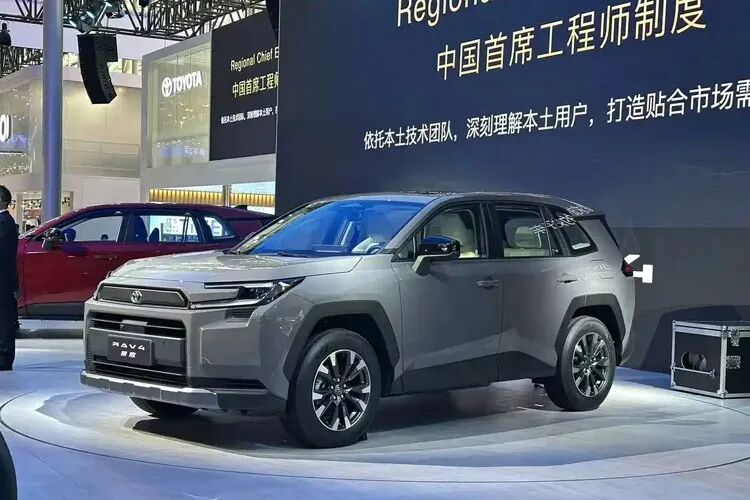
At this year's Guangzhou Auto Show, FAW Toyota and GAC Toyota simultaneously introduced the all-new RAV4. The updated version remains on the TNGA-K platform and, after localization, features an OMS intelligent in-vehicle system and TSS 4 intelligent driving solution that better meet Chinese demands. It also offers three powertrain options: 2.0L gasoline, 2.0L hybrid, and 2.5L hybrid.
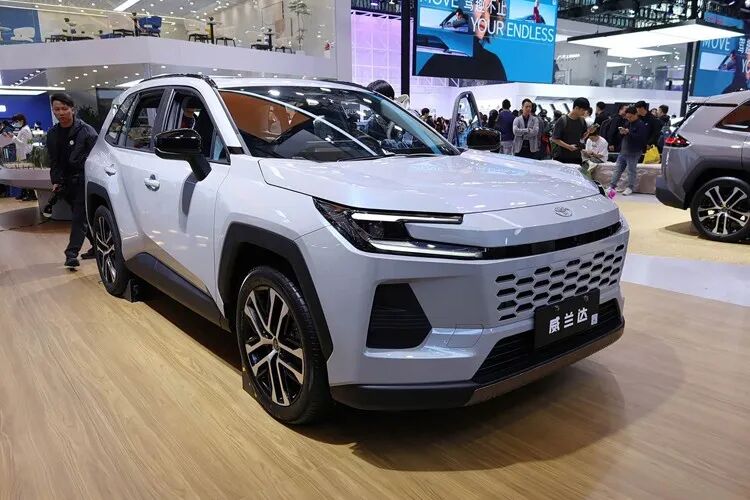
The new RAV4 series maintains an off-road-inspired exterior design, particularly the prominent front bumper of the FAW Toyota RAV4, which exudes a rugged look. However, its length of 4600mm (4620mm) and wheelbase of 2690mm seem somewhat inadequate compared to the extended SUVs currently popular in China. In terms of power, in addition to the previous 2.0L + CVT and 2.5L + THS options, the vehicle now offers a 2.0L + THS version for the first time, lowering the starting price to 159,800 yuan (with trade-in discounts).
● GAC Toyota bZ7X
▲ One-Sentence Review: Toyota, with its thick eyebrows and big eyes, is now using Huawei's in-vehicle system and electric motor?

If the Corolla and RAV4 can be considered localized adaptations of Toyota's global models for the joint venture brand, then the bZ7X represents a thoroughly Chinese-made GAC Toyota product. As a C-segment pure electric coupe, this vehicle, except for its logo, bears almost no resemblance to Toyota models from Japan.
Like current popular premium coupes, the bZ7X features a stylish hatchback design, frameless doors, frameless mirrors, and a sporty aesthetic. In terms of dimensions, it measures 5130/1965/1506mm with a wheelbase of 3020mm. The roof-mounted LiDAR indicates that the Momenta driving assistance system will reach Toyota's top tier. More importantly, the vehicle incorporates Huawei's HI Car 5.0 and Drive One electric drive system.
● Dongfeng Nissan Teana
▲ One-Sentence Review: Wait a minute, Dongfeng Nissan has also converted to the 'Huawei religion.'
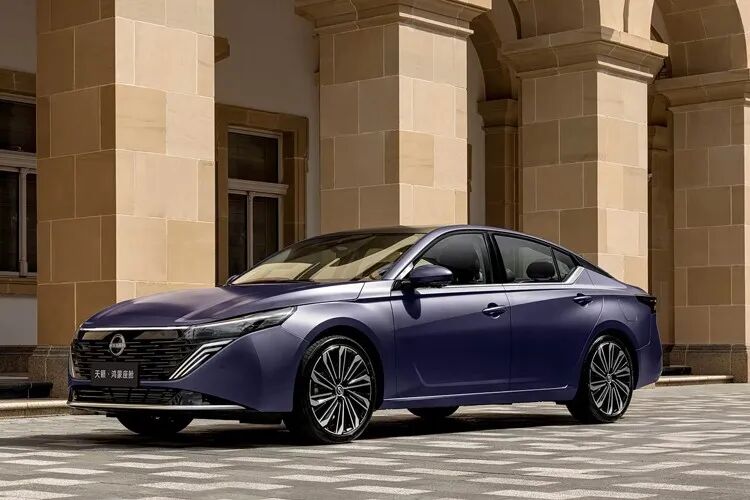
Besides GAC Toyota, Dongfeng Nissan, another Japanese brand, has also started to 'give up.' This Teana model has directly abandoned its proprietary in-vehicle system, opting instead for Huawei's HI Car system. The price has been slashed to a starting point of 129,900 yuan (limited-time offer), more than 50,000 yuan cheaper than when this generation of Teana was first launched.
As a classic gasoline vehicle, this Teana still offers two powertrain options: 2.0L and 2.0T. The former is a nearly 20-year-old design, but the VC-TURBO 2.0T engine, featuring dual-crankshaft variable compression ratio technology, is a unique 'black technology' in the industry. If adapted for hybrid-electric vehicles, this technology could significantly improve combustion efficiency, but Nissan currently lacks the corresponding hybrid technology for adaptation.
● FAW-Volkswagen Tayron L PHEV
▲ One-Sentence Review: Simply increasing battery capacity won't cure German plug-in hybrids of their ' climate sickness ' (maladjustment to local conditions).

The booming domestic hybrid-electric vehicle market has caught Volkswagen's attention. FAW-Volkswagen introduced the Tayron L PHEV at this year's Guangzhou Auto Show. This green-license-plate plug-in hybrid can be charged externally, and the domestic version has increased its pure electric range to 100km by enlarging the battery capacity.
However, most domestic hybrid-electric vehicles adopt a 'dedicated hybrid engine + dual front-axle motors' technical route, while Volkswagen currently only offers a P2 layout with a single motor and a 4MOTION non-decoupling mechanical all-wheel-drive system. Even when paired with a more efficient 1.5T engine, its fuel economy under battery-depleted conditions remains inferior, which is unacceptable to Chinese consumers.
● FAW-Volkswagen Talagon
▲ One-Sentence Review: With the fifth-generation EA888, it offers stronger power without worrying about clogged GPF.
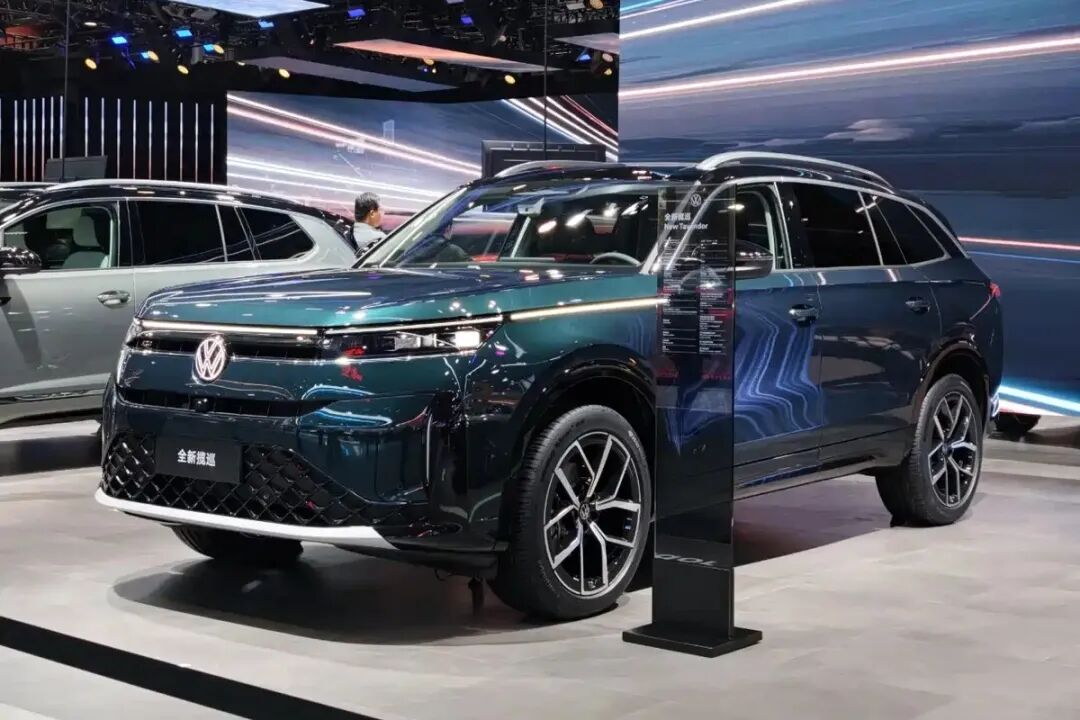
Following the SAIC Volkswagen Teramont PRO and FAW-Volkswagen Talagon, the Talagon has finally received its iterative update. The new vehicle remains based on the MQB evo platform and adopts a coupe SUV style. Despite its length of 5007mm and wheelbase of 2980mm, it still features a five-seat layout and emphasizes a sporty theme with an R-Line package.
More importantly, in terms of powertrain, the new Talagon 450TSI version is equipped with the EA888 2.0TSI evo5 engine, featuring 500Bar direct injection, an advanced Miller cycle, and a VGT turbocharger, delivering a maximum power of 200kW and a peak torque of 400Nm. More crucially, compared to the third-generation EA888, which placed the GPF farther away, the fifth generation positions the GPF closer to the exhaust manifold, which helps maintain stable temperatures and prevents clogging of the particulate filter.
● FAW Audi Q5L
▲ One-Sentence Review: The complete version of the fifth-generation EA888 is likely to feature Huawei's Qiankun ADS 4.0.

Following the A5 family, the Audi Q5 has finally been localized. The domestically produced Q5L remains on the PPC high-efficiency gasoline vehicle platform, with dimensions expanded to 4842/1900/1660 (1640)mm and a wheelbase of 2945mm. The high-end version is likely to incorporate Huawei's intelligent driving assistance system, representing a 'dimensional reduction attack' on Mercedes-Benz and BMW's competitors in the same price range.
Compared to the truncated fifth-generation EA888 on Volkswagen's MQB platform, the 2.0TFSI engine on Audi's PPC platform is the complete version of the EA888. This engine not only incorporates the aforementioned advanced technologies but also features Audi's exclusive MHEV PLUS mild hybrid system, which includes P0 and P3 motors. This setup not only further enhances power performance but also delivers exceptional fuel economy across all scenarios.
● SAIC Volkswagen Lavida Pro
▲ One-Sentence Review: Under too much pressure, the Lavida family has adopted a multi-link rear suspension for the first time.
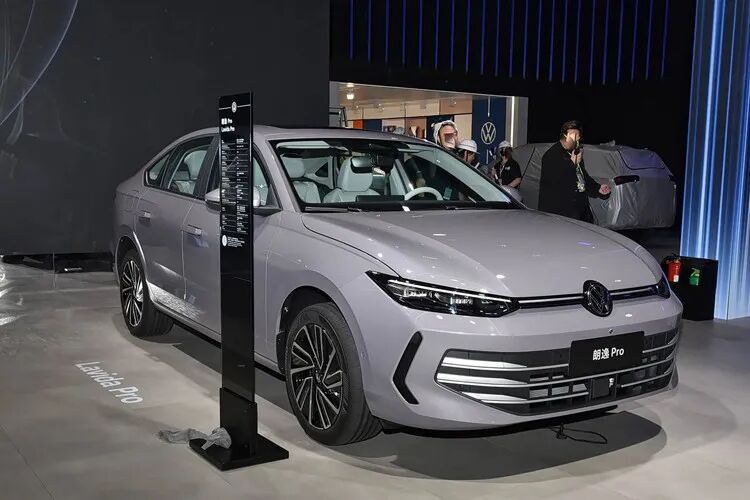
A decade ago, the SAIC Volkswagen Lavida family (Lavida, Lavida Wagon, Lavida Cross) was one of the hottest family cars on the market. Now, facing the increasingly competitive new energy market, only the Lavida remains. At this year's Guangzhou Auto Show, SAIC Volkswagen introduced the Lavida Pro, which features an AI-powered smart cockpit based on the Qualcomm 8155 chip and upgraded driving assistance, giving it more confidence when competing with domestic counterparts.
The new Lavida Pro is built on the MQB evo platform. While its wheelbase remains 2688mm, its length has increased to 4720mm. The rear suspension has been upgraded from a torsion beam non-independent suspension to a multi-link independent rear suspension, a feature previously unavailable in the entire Lavida family. In terms of power, the vehicle still offers two powertrain combinations: 1.5L + 6AT and 1.5T + 7DCT.
● SAIC General Motors Buick Envision Plus
▲ One-Sentence Review: With General Motors in the U.S. unreliable, to maintain its MPV dominance, it must rely on itself.
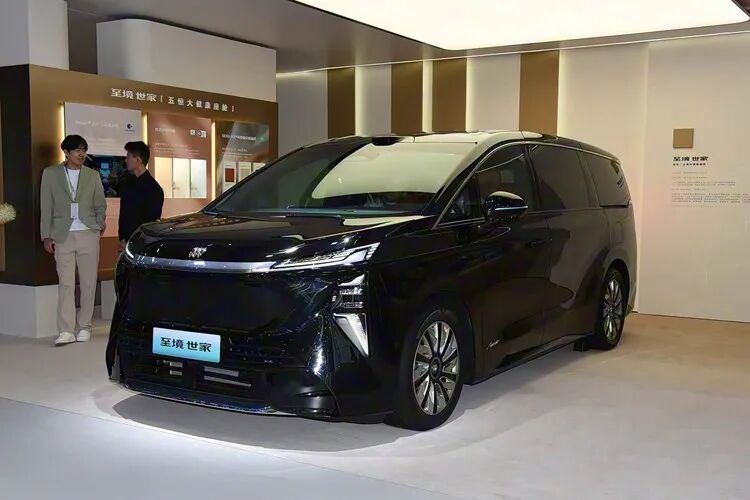
As everyone knows, the Buick GL8 was once the undisputed leader in the business MPV market. Now, squeezed by domestic premium MPVs, its market share has rapidly declined, particularly losing its dominance in the premium market above 300,000 yuan. At this year's Guangzhou Auto Show, SAIC General Motors Buick introduced the Envision Plus, based on the 'Xiaoyao' super fusion architecture, representing the brand's latest understanding of premium MPVs.
Compared to the GL8 family, the Envision Plus has expanded to dimensions of 5260/2000 (2023)/1835 (1820)mm and a wheelbase of 3160mm. It incorporates the Qualcomm SA8775P smart cockpit chip and features advanced driving assistance based on Momenta's R6 flywheel large model, matching domestic vehicles in terms of comfort and intelligent interaction at the same price point. In terms of powertrain, the vehicle also adopts an intelligent hybrid system tailored to local conditions, offering not only front-wheel-drive models with P1 + P3 motors but also all-wheel-drive versions with P4 motors, as well as pure electric models.
● Jiangling Ford Tech Bronco
▲ One-Sentence Review: Except for its name, the vehicle itself bears no resemblance to the Bronco.
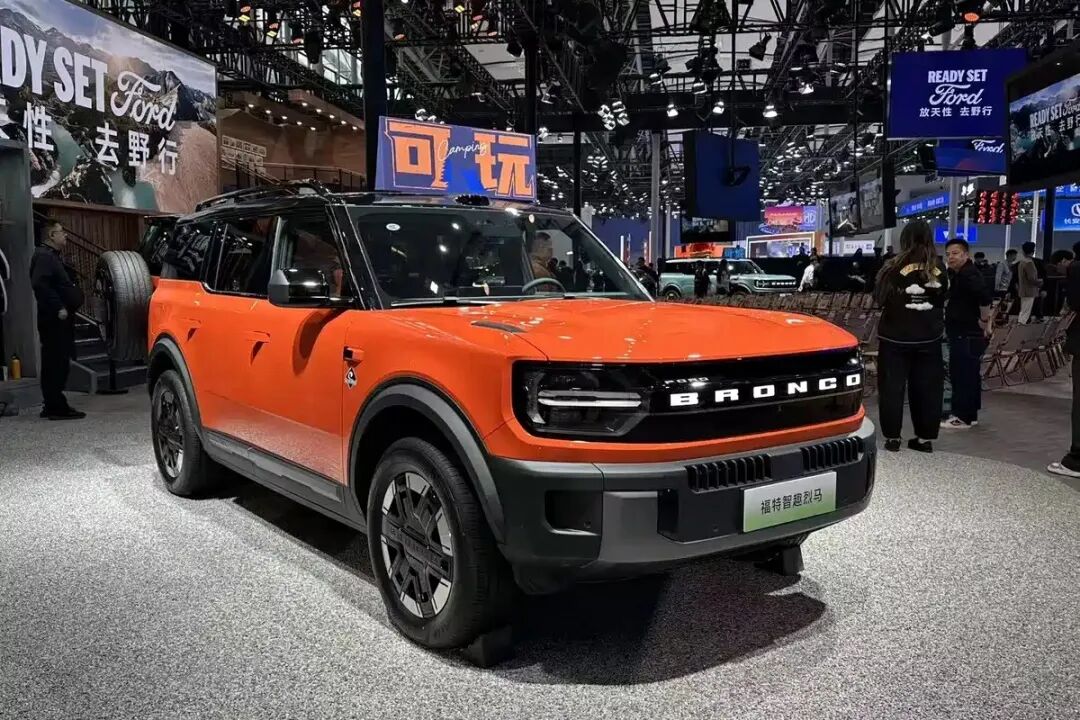
The Ford Bronco currently on sale is undoubtedly a star player in the off-road vehicle market. However, due to Ford's lack of a proper longitudinal platform hybrid solution, its market reach remains limited compared to the Toyota Prado or Great Wall Tank series. At this year's Guangzhou Auto Show, Jiangling Ford introduced the green-license-plate Tech Bronco, priced entirely below 300,000 yuan.
This Tech Bronco also features a boxy design, prominent front and rear bumpers, and an external spare tire, exuding a wild aesthetic. The vehicle measures over 5 meters in length and has a wheelbase exceeding 3 meters, with a higher wheelbase-to-length ratio aligning with its new energy vehicle positioning. In terms of power, it offers both pure electric and extended-range options, all featuring dual-motor all-wheel-drive systems. However, it's worth noting that the Tech Bronco adopts a unibody structure (derived from the U.S.-market Bronco SPORT), which fundamentally differs from the fuel version with independent longitudinal beams.


